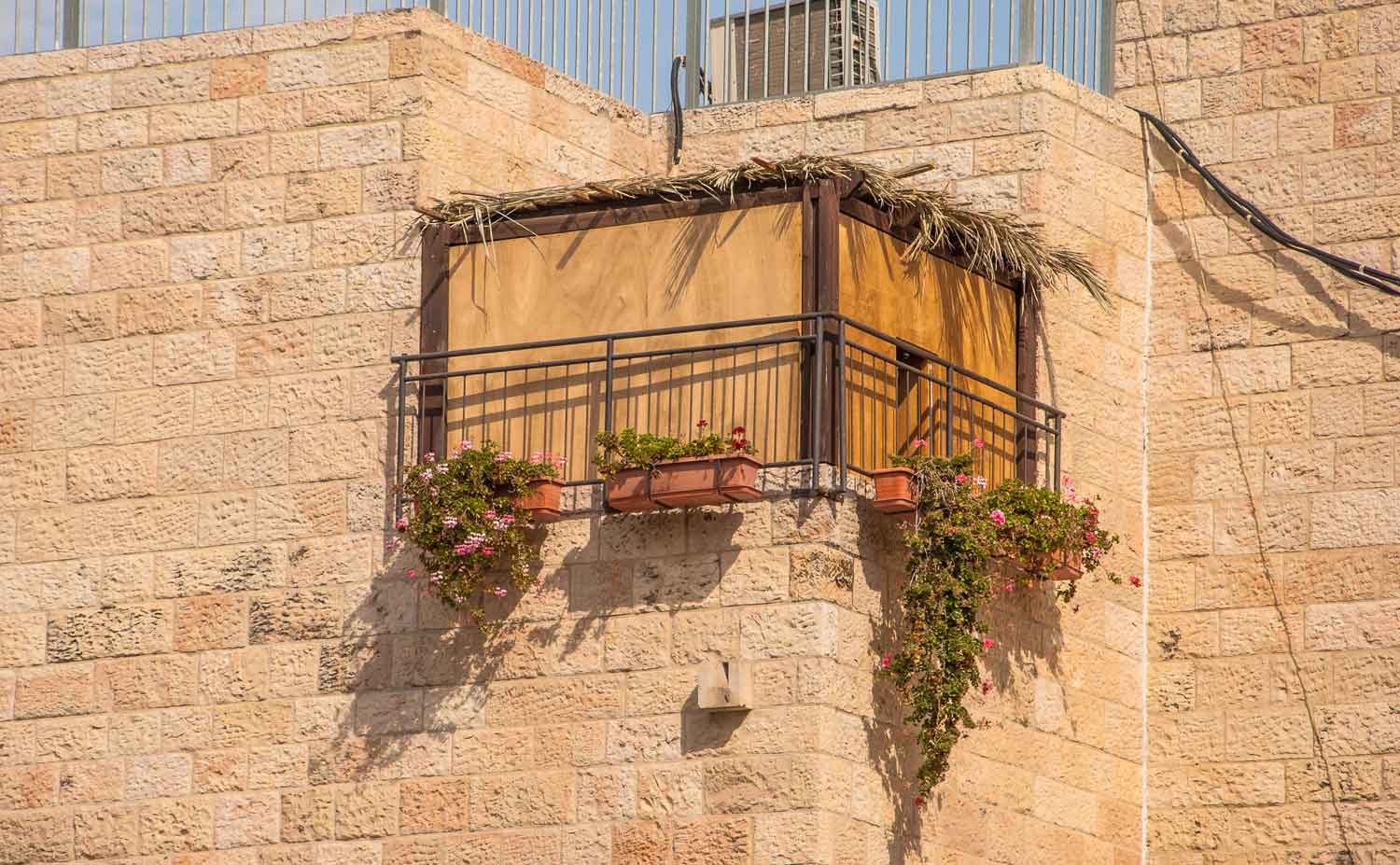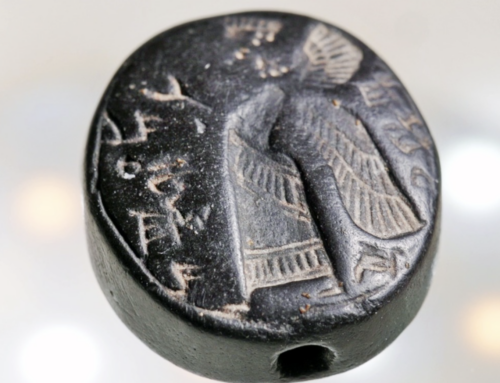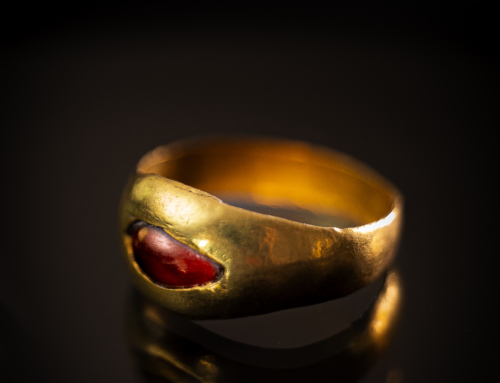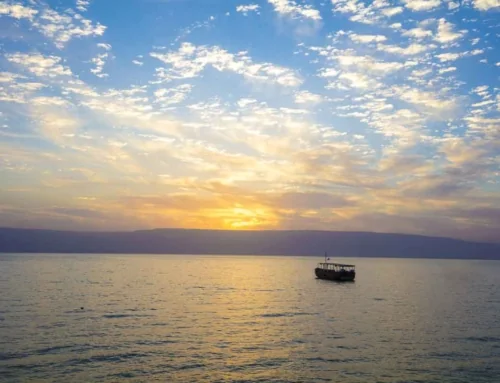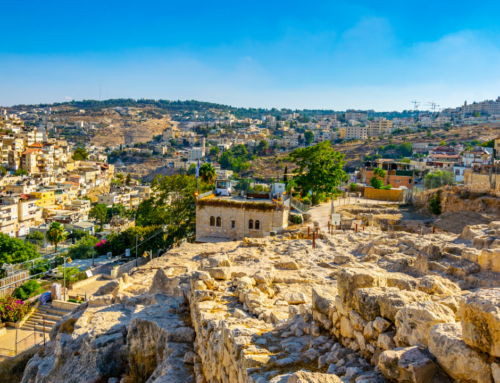As we approach Sukkot, the Feast of Tabernacles, Israel prepares to eat their meals outside for a week, as commanded to do so in Leviticus 23:33-44. This was commanded to remind the Jews that God had brought them out of Egypt and they resided in tabernacles (also known as booths or tents). Tents in Israel have been regular dwellings since the beginning.
Sukkot has been celebrated for thousands of years. Today, it is a favorite holiday of thanksgiving, that lasts an entire week. Food, fellowship and fun ensue during this time, as neighbors mingle on rooftops and in yards and streets.
The tents are also very decorated. Some are just traditional looking tents and others have more of a framing than an actual tent one thinks of.
Tents in Israel have long been housing and usable buildings. Tents are first mentioned in the fourth chapter of Genesis, so tens have been around quite some time! They were a main form of dwelling, and remain so to this day in Bedouin cultures.
What Does the Bible Say About Tents in Israel?
We know that tents are first mentioned in Genesis 4:20, when describing lineage it is said that Jabal was the father of those who live in tents and raise livestock. This is clearly referencing their tent living being that of a mobile nature in order to feed their animals.
Abraham, Isaac and Jacob all lived in tents. Multiple verses speak of these tents and also speak of the moving their tents and pitching them in different areas. These tents have been made the same way for thousands of years and continue to be today.
First, the material they are made of is goat hair. These goat hair clippings were collected over time in order to have enough to loom into a fabric. What is interesting about goat hair and why it continues to be the choice of tent living today although there are modern materials available, is that the unique properties make the goat hair tents ideal. When goat hair dries, it shrinks. so when the summer heat and dry hair hit, the tents look and are porous. This allows air to flow through the tent, allowing it to be cooler.
So what happens when the rains come? That is the genius of goat hair. When goat hair gets wet, it swells! When it swells it closes up the weave and it becomes waterproof. So no matter the weather, the goat hair is the ideal tent material.
The tents in Israel were and remain always black. In the sun, it bleaches out to a dark brown. In the Song of Solomon, the Bride speaks of her skin being the same color as the tents, speaking to her having been working in the sun.
The tents were built by having a poles within to drape over tent poles and then drawn out on the sides by rope and stakes. These stakes are spoken of when Yael kills the Caananite general in the book of Judges with a tent spike.
These tents usually had at least two rooms. A reception area and a room for the women and children. The women were able to hear what was happening in the next room, but not be seen. This is illustrated when Abraham speaks to the Angel and Sarah hears and laughs. If someone wanted a bigger tent, they simply kept adding rooms as they had enough goat hair. The more goats you had, the more rooms you could have, all showing wealth.
Tents were not built very often, instead just constantly being repairs and expanded as needed. Tents were often passed on to the next generation and good large tents in Israel would be a wonderful inheritance.
The Most Famous Tent in Israel: The Tabernacle.
The Tabernacle housed the Ark of the Covenant prior to the Temple being built. It was built with specific direction. The Levite’s were in charge of the Tabernacle and moved it when needed and pitched their own tents around it in order to protect it.
The Tabernacle was built in some ways very similar to other tents in Israel. It had two rooms, separated by goat hair curtains. The differences were that the roof was instead made of goat skins. The other difference is that the curtains were dyed and ornate as was the rest of the tent, whereas the normal tents were black and very plain. There was no ornate decor in any home, but they were rather simply utilitarian.
Sukkot Tents
The tents used for Sukkot, known as sukkahs, are decorated with the bounties of harvest including spices, gourds, branches, fruit, paper chains, and lights. There are really no rules on decor, but it is a festive time and people make their sukkahs as inviting and fun as they can.
The way to make a kosher sukkah is fairly straight forward. They should have at least two walls, and a partial wall. The walls should be no more than 9 inches off the ground. The roof should be made of freshly cut plants. Bamboo or wood should be used for the frame, no PVC or metal.
We hope you have a wonderful Sukkot and you will come see us in Israel very soon!
Want to join a tour? Click Here!

